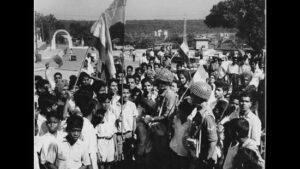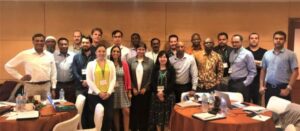Domestic migration in India is a complex phenomenon influenced by economic, social, political, and environmental factors. Understanding the trends, causes, and implications of migration is essential for UPSC aspirants as it plays a key role in shaping policies related to urbanization, labour markets, poverty reduction, and regional development. As India continues to evolve, domestic migration will remain a central issue for policymakers, requiring sustainable solutions that ensure inclusive growth and equitable development.
UPSC aspirants must stay informed about migration trends, understand the challenges faced by migrants, and be prepared to discuss policy solutions for managing migration effectively in their exams.









